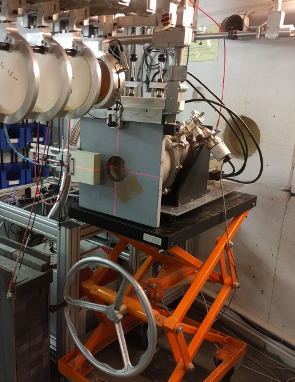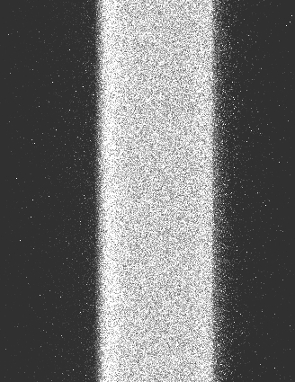Irradiation of a PLATO CCD at cold and while imaging
In space, satellites and the instruments they carry are constantly bombarded and degraded by highly energetic particles (radiation) emitted principally by the Sun.
When preparing a space science mission, it is critical in the early stages to understand the effects of radiation on the scientific instrument detectors and electronics such that proper countermeasures can be designed to ensure the mission scientific performance is preserved until end-of-mission (typically from 4 to 10 years).
As part of the mission preparation process we measure the electro-optic performance of detectors before and after irradiation. The standard way to do this is to transport the detectors to a cyclotron facility delivering highly energetic protons (< 100 MeV), irradiate the device at room temperature and bring it back to the test facility for post-irradiation characterization. However this is not fully representative; in space, detectors are irradiated while at cold temperatures (e.g. -70 °C) and while functioning. To understand potential differences in post-irradiation performance that may arise from the mentioned shortcomings, we have designed a specific experiment to perform concurrent testing of two PLATO CCD280: one irradiated at cold temperature while imaging, and another one irradiated at room temperature following the normal procedure.
The experiment successfully took place in July 2017 at the Cyclotron facility of Louvain-la-Neuve University (Belgium) while being remotely controlled from ESA establishment (ESTEC) in the Netherlands. The evolution of the degradation and rearranging of the Silicon crystal lattice was monitored for several weeks carrying critical information for the future exoplanet mission PLATO but also for future instrument end-of-life validation campaigns.
 |
 |
| Left: The experiment, before irradiation, during the proton beam alignment procedure. Right: An image acquired during irradiation by the cold-irradiated CCD. The bright vertical strip corresponds to the unshielded part of the detector receiving the full proton blast, while dark regions are the shielded areas where individual secondary particles generated within the shield and cryostat material are imaged. Credit: ESA | |
